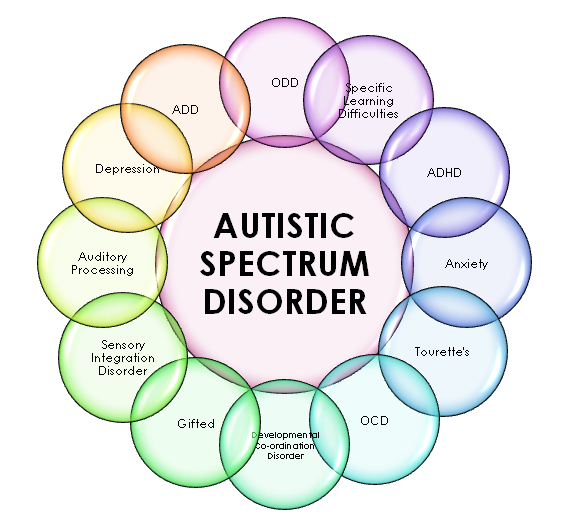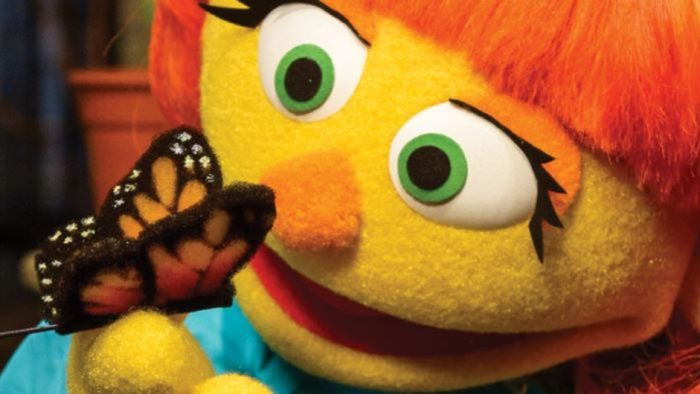By Rifath Islam
The big question is: What is autism? Over the last 10 years, there has been a sudden surge in media coverage about how autism is a “spectrum”, but what does all that even mean? According to John Hopkins Medical Center, autism, also referred to as Autism Spectrum Disorder (ASD) is a neurodevelopmental disorder that has affected many children. What this means is that it impairs the growth and development of the brain and/or the central nervous system.
This disorder has been shown to affect a child’s social skills in that it causes issues with communication abilities. These issues may include trouble making friends, language problems, knowing when to use the right gestures when speaking to someone, or some may even cause some of those afflicted to become mute. Most children with autism do not tend to establish close bonds with people, as they choose to remain isolated instead.
How did this disorder gain this sudden recognition, though? According to Scientific American’s “Is There Really an Autism Epidemic?” by Hal Arkowitz, over a ten year period (1993 to 2003), the amount of children who were affected by autism increased by 657 percent over the entire nation. Since then, many researchers and educators have begun to refer to the rapid spread of this disorder as an epidemic. In fact, Arkowitz states the proportion of children affected by this disorder is one in every 166 kids. However, the cause for this sudden increase in children affected by this disease remains a mystery. Genetic factors play an obvious role in this, but certainly that can’t be the only thing causing this.
As a result, scientists have turned to more environmental factors as a cause. In fact, according to Arkowitz, some proposed causes listed were “antibiotics, viruses, allergies”. In addition, a study done by Cornell University also suggested that another cause could be the increased rate of television viewing by infants. However, despite all these possible causes, one cause that remains the “prime suspect” would be vaccines.
According to Arkowitz, the suspicion of a connection between autism and vaccines arose when a study was done by gastroenterologist Andrew Wakefield in 1998 where 12 children received the MMR vaccine (an immunization vaccine that protects against measles, mumps, and rubella). Shortly afterwards, it was found that symptoms associated with autism were seen in these children, thus providing a link between autism and vaccines.
On the other hand, research was also done to debunk findings that list vaccines as the prime cause of autism. Research that has been recently published shows that the rates of MMR vaccines have either decreased or remained constant, while the rates of children affected by autism have still been increasing. These studies have come to show that although vaccines may be a cause of autism, perhaps they only affect a small category of children. The precise characteristics of this particular category has yet to be determined.
Autism is thought to be a lifelong disorder which cannot be cured. Although it is reported that most symptoms of autism become less prominent by adulthood, the main symptoms remain a behavioral handicap. However, that is not to say that miracles can’t occur in which a child is able to recover from this disorder. In a New York Times article titled, “The Kids Who Beat Autism” by Ruth Padawer, Mark Macluskie, who was diagnosed with autism at age 3, actually overcame his disorder as a result of a therapy called “applied behavioral analysis” (A.B.A.). After months of observation and training, Macluskie experienced a significant improvement in which symptoms associated with autism (such as the lack of eye contact and speech) were no longer present in the boy. By the second grade, the last signs of Macluskie’s autism had disappeared, indicating that he was autism-free.
Since then, studies done show that intensive behavioral therapy could improve social skills in children with autism. Initially this discovery was waved away, but a research group led by Deborah Fein (a teacher at the University of Connecticut) worked with 34 young people on the autism spectrum, including Macluskie, helping all of them reduce their symptoms. This leaves us with the question: “Can autism really be cured?”
Autism is a serious disorder that certainly deserves all the attention that it’s been getting over the span of the last decade. Since then, media coverage has boomed and it’s become a wide topic of interest. But one significant change is the way that autistic behaviors are portrayed and marketed in the media. For example, according to a CBS news story “How “Sesame Street” Created Julia, the New Muppet with Autism,” the creation of the first autistic muppet on “Sesame Street” made an appearance in April of 2017. The producers devoted much thought to how best to emphasize the characteristics of autism in the muppet, Julia. In addition, the actor behind Julia, Stacey Gordon, is the mother of a child with autism, further improving the effectiveness of this character.
This broader media coverage is a positive development, as it raises public awareness about a disorder that would have otherwise remained hidden or misunderstood. It encourages children with this condition to understand that they are not the only ones with the disorder, and that they are accepted and even loved in society.
Autism can manifest in a wide spectrum of behaviors; so while all those affected will share the same difficulties, this disorder continues to affect them in different ways.

